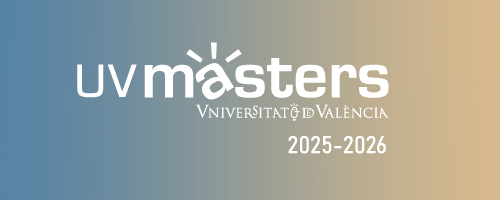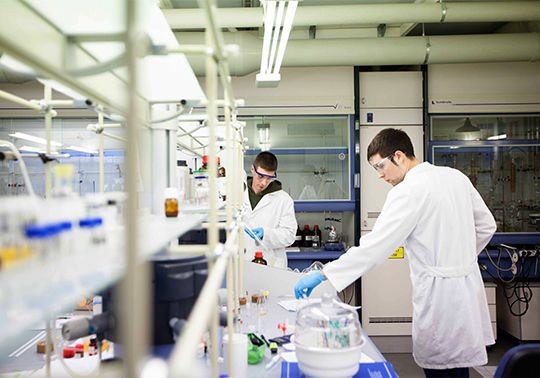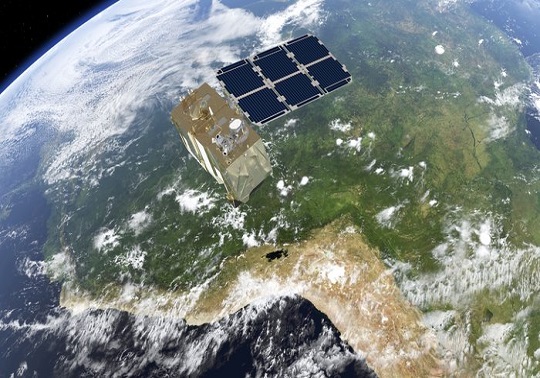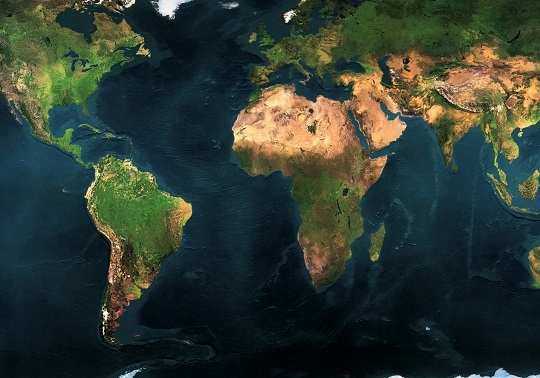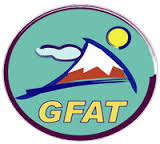
ASOCIADO AL PROYECTO DE INVESTIGACIÓN
SEGUIMIENTO REGIONAL DEL AEROSOL ATMOSFÉRICO EN TRES DIMENSIONES COMBINANDO LIDAR MULTIESPECTRAL Y RED DE CEILÓMETROS-RADIÓMETROS
(Referencia CGL2013-45410-R)
BASES DE LA CONVOCATORIA:
BOE-A-2014-9185 de 8 de Septiembre de 2014 nº 218, pág. 69989
http://www.boe.es/boe/dias/2014/09/08/pdfs/BOE-A-2014-9185.pdf
PLAZO PARA PRESENTACIÓN DE SOLICITUDES:
Hasta el 26 de Septiembre de 2014PERFIL DE LOS CANDIDATOS Y DOCUMENTACIÓN:
http://links.uv.es/0ytlCxy
PARA FORMALIZACIÓN DE SOLICITUDES:
http://links.uv.es/bWgT702
BREVE DESCRIPCIÓN DEL PROYECTO (versión en inglés):
Anthropogenic aerosols are responsible for a radiative forcing of climate through multiple processes including aerosol-radiation interactions and aerosol-cloud interactions and contribute to the degradation of the air quality, with relevant effects on human health. Substantial uncertainties remain in assessments of long-term trends of global aerosol optical depth and other global properties of aerosols due to difficulties in measurement and lack of observations of some relevant variables, high spatial and temporal variability and the relatively short observational records that exist. A wide range of techniques has been used in atmospheric aerosol research covering in-situ measurements, remote sensing, both active and passive and modeling. Being still an open question the closure among different approaches. In this project the focus is on ground based monitoring of the atmospheric aerosol, making use of optical techniques. Spectral radiative properties of the atmospheric aerosols can be used for aerosol typing in near real time and for retrieving their microphysical properties using complex retrieval algorithms. Improvements of these algorithms are dictated by the necessity to include the retrieval of coarse particles with irregular shapes. Specially challenging is the retrieval of vertical profiles of aerosol microphysical properties from state-of-the art methodologies like multiwavelength Raman lidar with depolarization capabilities. The project will approach improvements in aerosol characterization by means of passive and active remote sensing. Aerosol classification in the atmospheric column will be approached from dual depolarization profiles retrieved from lidar. We will continue previous studies on the retrieval of aerosol microphysical profiles based on both the use of elastic lidar and radiometers and solely based on Raman lidar profiles. In spite of the enormous advances in this field there is still room for the improvement in these techniques, especially in their treatment of non-spherical particles, like desert mineral dust or volcanic ashes. Especially challenging is the evaluation of these retrievals against independent measurements. In this project the combination of lidar operated from a valley and the possibility to measure the aerosol particle distribution at different heights in the slope of Sierra Nevada will be used. 3D monitoring of aerosol properties is demanded to validate models and to follow aerosol dynamic at the regional level. In this way this project explores the use of hybrid networks that combine a supersite with high performance lidar, which can provide vertical profiles of aerosol microphysical properties from the measured optical properties, with a set of basic stations equipped with more simple and robust profiling instruments like ceilometers and sun and sky radiometers. A pilot network will be used for the characterization of the atmospheric aerosol during medium-long range transport processes at the regional level in order to prove the feasibility of monitoring of aerosol plumes like those associated to Saharan dust outbreaks or volcanic aerosols. Information provided by this kind of networks will be highly valuable for models improvement and for monitoring of extreme events with high social and economic impact, like the Eyjafjallajökull volcanic plume.
El trabajo estará dirigido por el Dr. Lucas Alados Arboledas y se realizará dentro del Grupo de Física de la Atmósfera (http://atmosfera.ugr.es/) del Departamento de Física Aplicada de la UGR y del Instituto Interuniversitario de Investigación del Sistema Tierra en Andalucía (IISTA-CEAMA).
Con la mayor brevedad posible, aquellas personas interesadas deberán enviar un e-mail, que incluya su CV actualizado, copia del expediente académico y un teléfono de contacto a Lucas Alados Arboledas (alados@ugr.es).



